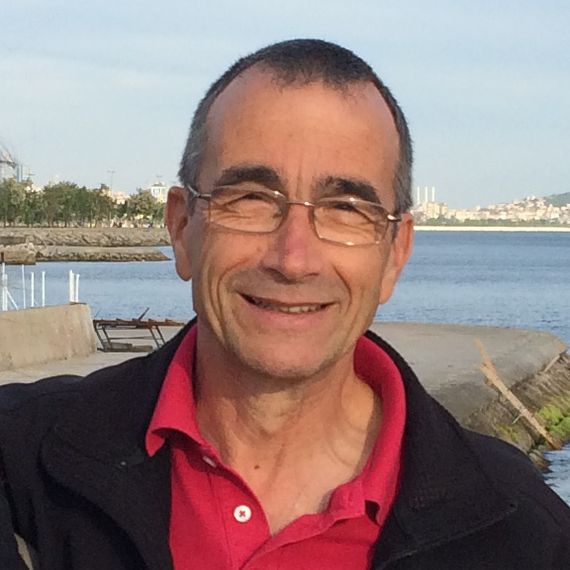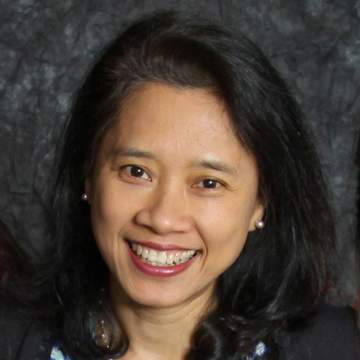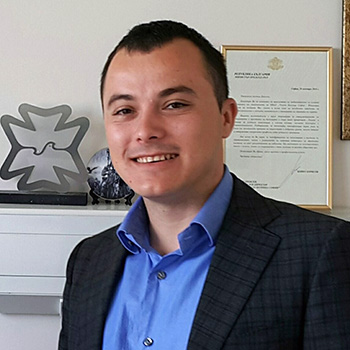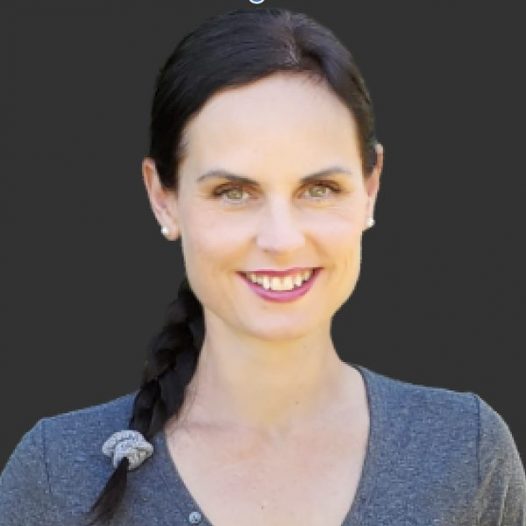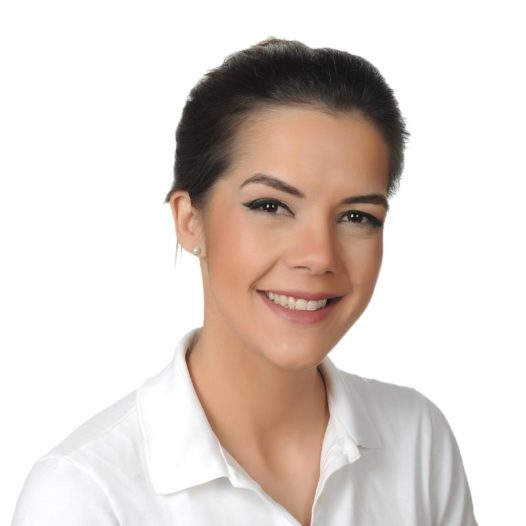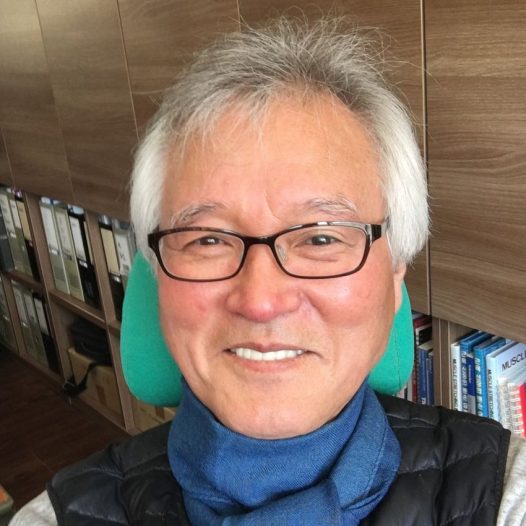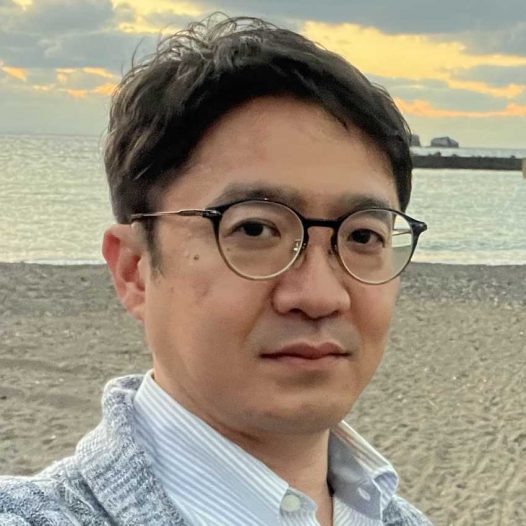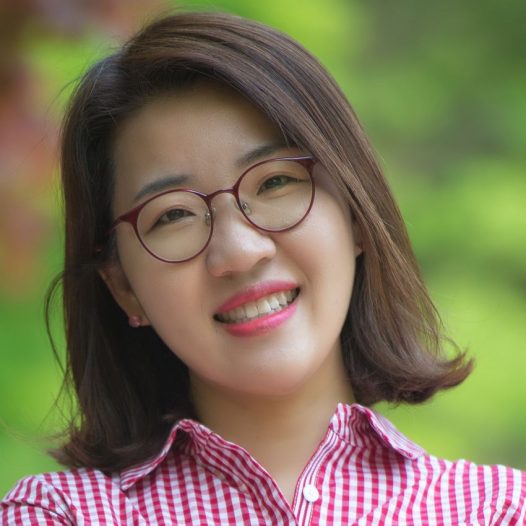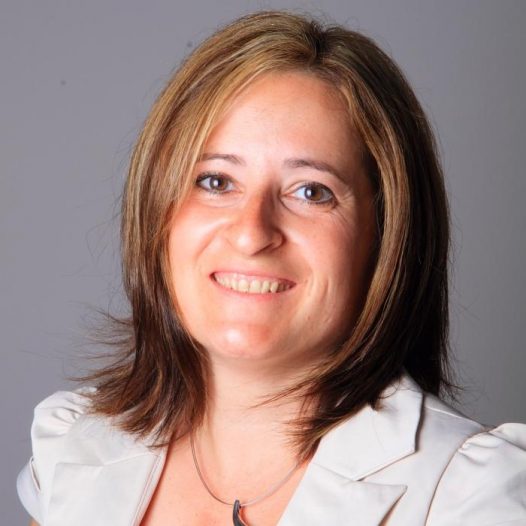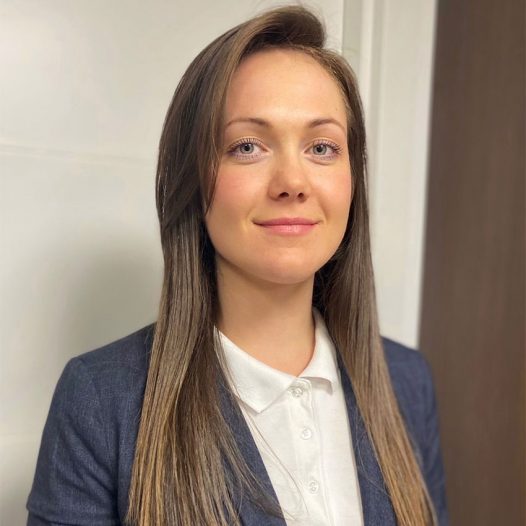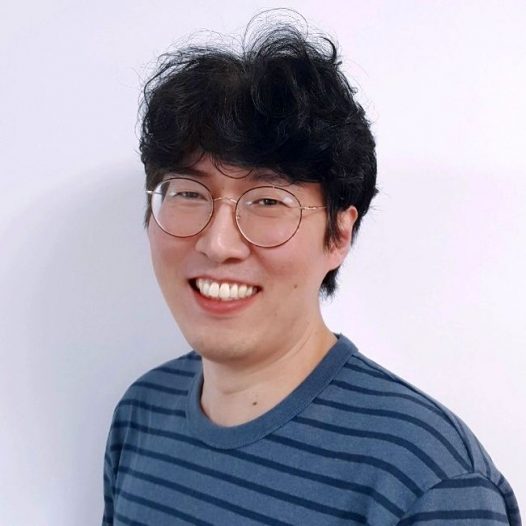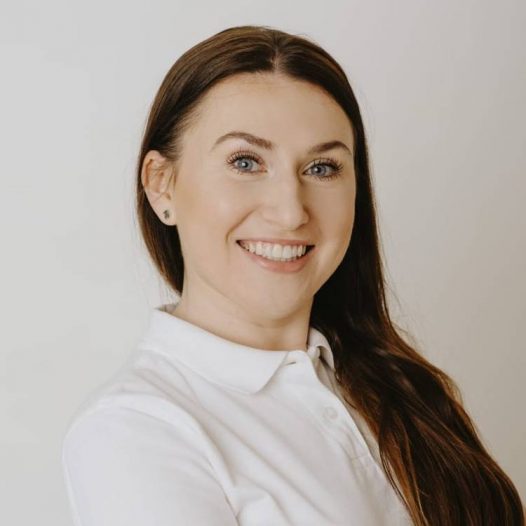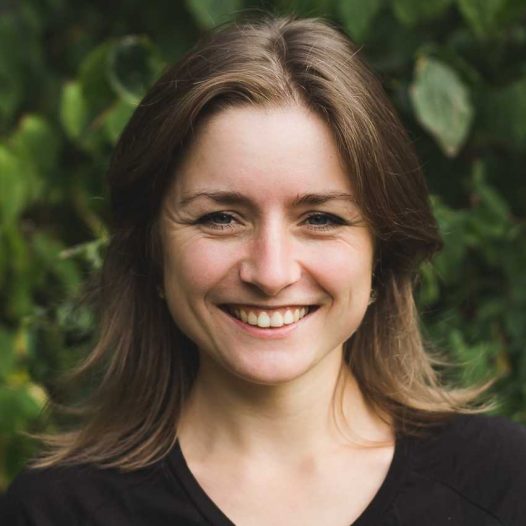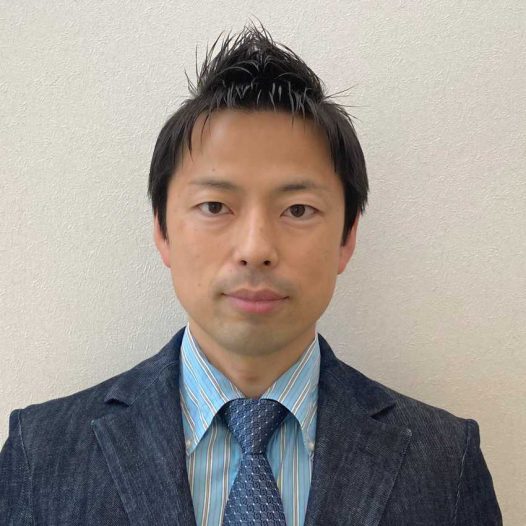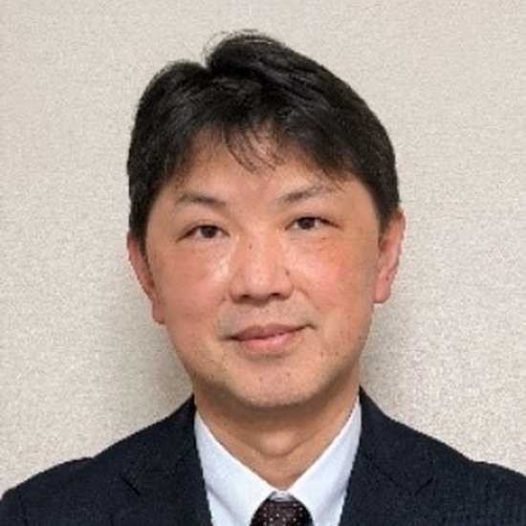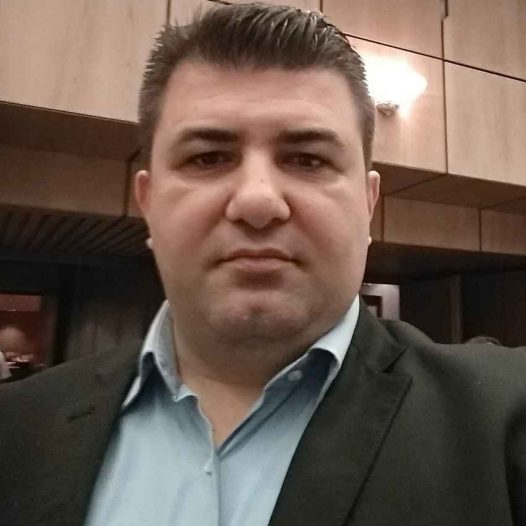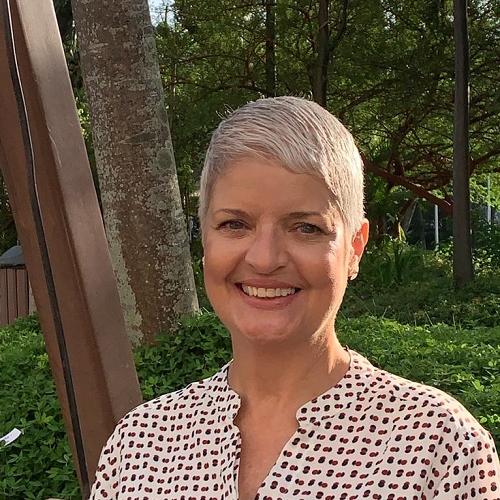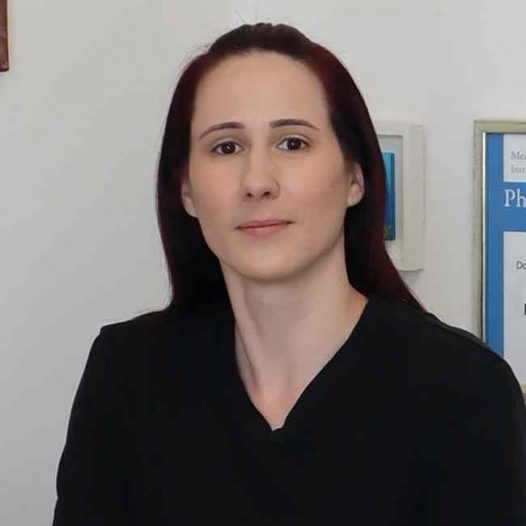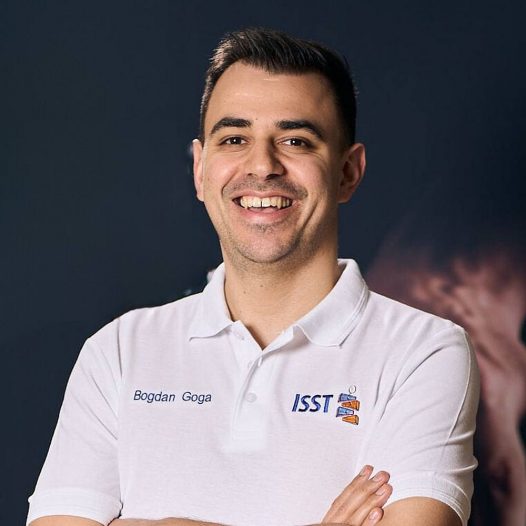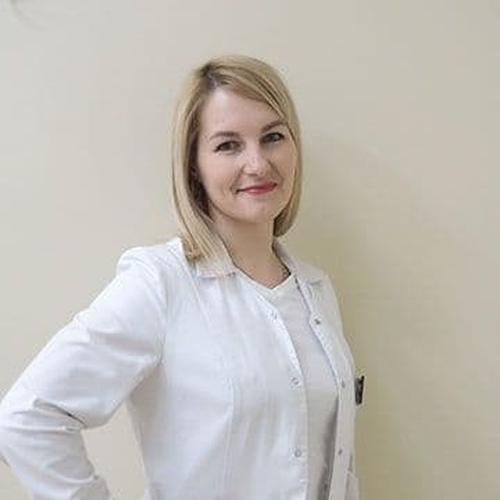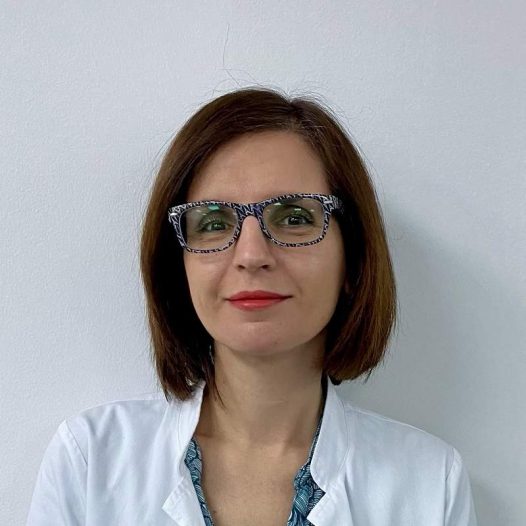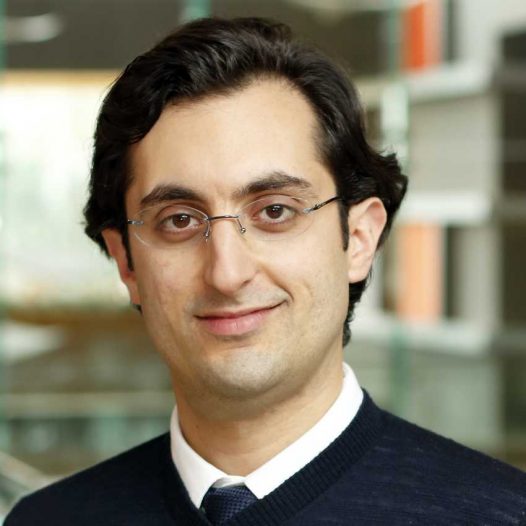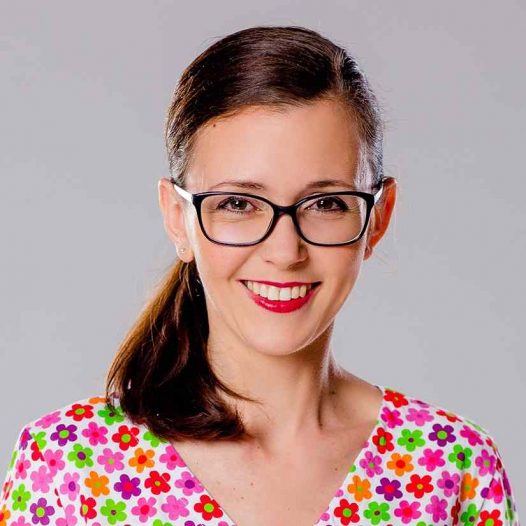Effective conservative treatment for scoliosis
Education and training for non-surgical scoliosis treatment
provided by: ISST – International
Founder: Axel Hennes
Concept and Guidelines for ISST – Schroth Training
ISST – course: International Schroth 3dimensional Scoliosis Therapy according to Asklepios – Katharina Schroth
Training for ISST – Schroth Therapists and ISST – Instructors
Under the leadership of Axel Hennes, PT, Senior Schroth Instructor
1. Description and concept for ISST – Schroth Therapist course
- Based upon common physiotherapeutic principles the Schroth Therapy was founded by Katharina Schroth in 1920 and continuously refined through the experience of Schroth therapists from all around the world.
- The use of postural exercises for scoliosis therapy is grounded in scientific principles that relate directly to known aetiologies and symptoms of spinal deformity.
- ISST is using an individualized exercise program combining corrective behavioral patterns with physiotherapeutic methods. The 3D scoliosis treatment, based on sensorimotor and kinetic principles its goals are to facilitate correction of the asymmetric trunk and posture and to teach patients to consciously maintain the corrected posture increasingly more in daily living activities.
- Main elements of the treatment approach are the correction of reversible spinal dysfunctions, scoliosis specific passive mobilization, active 3D stabilization, Corrective Breathing, postural control, remedial education with a particular ADL aspect, developing a straightforward and safe home exercise program.
- Braces, if indicated and prescribed, are included in the therapeutic process helping patients to accept this useful therapeutic tool and use it also as therapeutic equipment to improve the quality of exercises, especially for the home exercise program.
In the ISST- training we will enlighten various scoliosis specific theoretical aspects in combination with functional parts of the therapy approach.
The course leads from the surface of scoliosis understanding to a more sophisticated and comprehensive clinical reasoning regarding the conservative management of scoliosis.
Goals and Summary
The ISST training enables physical therapists to provide sufficient conservative treatment for patients with spinal deviations mainly for idiopathic scoliosis and kyphosis.
The goal is to prevent surgery, decelerate or stop the progression and develop effective coping strategies for the patients to improve their social participation and activities in their daily living. This also has a positive effect on the general HQL (health-related quality of life) for children, adults and elderly patients suffering from scoliosis and kyphosis.
The training enables PT´s to understand the biomechanical conditions of the asymmetric postural aspects and asymmetric loading of the spine leading to functional and structural adaptations and a further risk of progression.
Specific physical therapy indicated for patients in a brace and patients reported for surgery or after surgery.
Therapists learn to define their role as team players in an interdisciplinary network of physicians, surgeons, orthopedic technicians (orthotists), parents, patients, psychologists.
- Basics: Aetiology, biomechanical concept, vicious cycle-concept, progression, postural imbalance, function and structure, brace, surgery
- Medical assessment: Visual-manual examination, a therapy protocol, X-ray evaluation, scoliometer, functional tests
- Classification: Schroth, King, Rigo, Lenke
- Specific mobilisation: Passive, assistive, active specific manual techniques: side bending, tilt, side shift, derotation, sagittal realignment
- Breathing therapy: Corrective Breathing: a specific internal detorsional force to reverse scoliotic features and mobilize restrictive chest dysfunctions
- 3D Stabilization: Exercises in the treatment of idiopathic scoliosis, from positioning to auto-self-correction
- Activities of daily living: Posture variations, natural approaches for leisure, helping to avoid progression and reduce asymmetric loading – instructions for working with Basic Tension, balancing exercises, and providing an individual adjusted intensive home-exercise program.
- Sagittal correction: Correction in the sagittal plane, easy to apply and essential for spinal stability especially in the lumbar area
- Exercises with the brace: Multidisciplinary concept including bracing
2. Eligibility to attend the ISST course
Schroth therapy is a physical therapy concept including manual techniques, and therefore the certification courses will be offered exclusively to physical therapists (physiotherapists). Interested physicians were referred to SOSORT, SRS, scoliosis meetings and conferences, as well as special courses or visitations in related clinical centers. Orthotists were referred to the ISST-training courses for orthotists in cooperation with Human Study.
Non-physical therapists working in the scoliosis field could be accepted for a course only from the course instructor to observe parts of an ISST-Basic Course 1 if space is available. The number of observers has to be less than 20% of the number of regular participants. These participants get a letter of attendance no certification.
Observers are not allowed to participate at ISST-Basic Courses 2 and could not participate at all when real patients are treated in a course, e.g., Asklepios combo course.
2.1 SOSORT Guidelines
SOSORT (The International Society of Orthopedic Scoliosis Rehabilitation and Treatment) formed in 2004, with the key members of the leading European Schroth clinics as founding members. Since then, Schroth therapy has always been intimately involved in and follows the consensus recommendations of SOSORT. The 2011/2016 SOSORT consensus on treatment guidelines for conservative scoliosis treatment define the leading members of the multidisciplinary team as MD, orthotist, and physical therapist. The exercise methods being carried out under SOSORT treatment guidelines referred to “Physiotherapy Scoliosis Specific Exercises” (PSSE), which is inclusive of the Schroth Method.
3. ISST – Course Program for ISST-Schroth Therapist
The complete course includes two parts each five days with altogether 77hours (CEU).
In the 3-6 month between the intensive five days training sessions, the therapist has to implement and practice the learned elements thoroughly into his daily routine.
The instructor makes an assignment of duties required to participate in the next part.
An exception is a ten-day course combining Course 1 and Course 2 due to training conditions in specific facilities.
The intention is to install a severe and intensive delving into practical experience.
Prices for the courses vary regarding the number of participants and local conditions.
3.1 ISST – Course 1 and ISST – Course 2
3.1.1 Course 1 Goals and Description
In the first course, it is the presentation of an overview regarding theory and practical parts of the approach combined with general information regarding scoliosis.
The students will learn to recognize scoliosis features, assess scoliosis, categorize patients and start to develop thinking in “Body Blocks” and necessary corrections in body planes around biomechanical axes. Corrective Breathing provides a fundamental element for the use of intrinsic forces to improve functional activities and mobility in the concavities of the deformed and altered trunk.
Positioning with simple tools is a crucial part in the learning process from a simple to a more complex understanding and also a first step in the adaptation of the ISST elements into the daily routine of the therapy process.
Participants learn the Basic Corrections including pelvic corrections with Basic Tension and assistive shoulder traction. Manual techniques will be used for proprioceptive teaching and to improve functional capability of the patients.
Basic 3 dimensional stabilizing exercises in stable positioning help to restore physiological alignment. Important is to adapt and internalize the typical exercise instructions to reach an automated state in the learning process.
At the end of Course 1 the written exam takes place (see also certification and examination 3.2)
Homework task/study task
Between Course 1 and Course 2 participants have to prepare documentation of 2 case reports for two different patients.
The documentation includes examination protocol, positioning diagram, photos from patients in a standing position (front-back-side-Adams test), with Basic Corrections in lying and sitting position and the therapy plan: 3 exercises, one breathing exercise, two mobilizing techniques, two home-exercises.
In Course 2 these papers will be a prerequisite for the certification process; some of the case reports presented and discussed.
Study task
Students have to read the 2011 Sosort guidelines scoliosis. Pubmed, scoliosis journal is an open access journal: www.scoliosisjournal.com
The goal for the homework task and study is to work independently with the examination assessment tools and practice the evaluation, preparation, and documentation of the scoliosis specific therapy.
The case presentation in Course 2 describes ways to install the program in the daily routine and offers the chance to discuss the limitations and the prospects of the approach.
Studying the Sosort Guidelines 2011 helps to understand the range of different less and more intensive conservative therapy elements (regular observation, exercise-based pro-active therapy, part-time/full-time bracing, surgical intervention) regarding the assessment of the risk of progression. To get in contact with the scoliosis journal is necessary to find more current and developing information in the scoliosis field.
3.1.2 Course 2 Goals and Description
Course 2 gives a deep inside in the educational process of the ISST- Schroth method. The theoretical aspects revised and refined; additional classifications like King, Lenke, and Rigo discussed; the main principles of bracing presented.
Course 2 completes the standardized therapeutic process from physical examination to the individual therapy plan consisting of exercises, postural teaching, and more specific auxiliary manual techniques. The typical exercises used with more functional and challenging variations to adapt the therapy program to the developing exercise capacity of the patients.
The relationship between scoliosis and Laterolisthesis will be introduced. At this moment the therapist learns more regarding scoliosis in adult and elderly patients. Scoliosis and pain is the central aspect of this group of patients, and both entities have to be included, mostly separated, in the therapy program.
In the functional parts, the participants work self-independent supervised by the instructor and have the chance to discuss problems within the therapeutic team.
To understand more about the surgical way of treatment a short overview of the history and the typical techniques would be given.
3.2 Ethics, certification process, and privacy
The certification authorizes for the treatment according to the concept of Katharina Schroth but does not permit to teach other professionals the method. In case of non-compliance, the certification and the status ISST Schroth therapist will be deprived by ISST – International and the Asklepios company.
Qualified participants have to pass a written and practical exam to get the ISST certification and become a listed ISST-Schroth therapist according to Asklepios Katharina Schroth.
The written exam is conducted at the end of Course 1. In case of failure a course participant has to repeat the exam at the first or latest on the second day of Course 2.
The practical exam is conducted at the end of Course 2.
In the ten-day combo course, the written exam takes place on the eighth or ninth day. In case of failure, the re-exam is on the ninth or tenth day before the practical exam.
In case of failure the second written exam the participant could not take the practical exam and get only a letter of attendance.
Before the practical exam, the participant has to prepare a therapy plan for a fictional or real patient including therapy diagram, scoliometer data, standardized exercise program and an evaluation of the risk of progression. In the practical exam, the therapist presents his patient with his/her typical features and selected elements (mobilization techniques, exercises) of the treatment program to the instructor and answers question from the instructor.
In case of failure the practical exam the participant has to be re-examined at another ISST- Basic Course 2. For this reason, he/she has to apply especially for the practical exam which always starts with the preparation on the day before the exam.
Audio and video recording during the course presentations and practical demonstrations is due to the privacy and the possible misuse of the data not allowed.
Photos are allowed if the instructor gives explicit permission.
Continuous Education Credits (CEC): To keep the certificate valid ISST Schroth therapists have to participate in ISST- Refresher courses within 3yr after the last renewal. The refresher courses were organized either by the regional instructors or the senior instructor. Participants can freely choose refresher courses approved by ISST – International in different regions.
3.3 Course fee
The course fee for different courses in different countries could vary due to specific conditions like the need for a translator, translated manual, assistants, rent for the venue, number of participants, etc.
The ISST-instructor is negotiating the teacher fee with the additional travel costs, and accommodation independently with the course organizer. Also, a deposit is possible in case a course is canceled to cover the costs for already bought flight tickets.
The ISST – International fixes a license fee per participant per 5 day-course. The fee is for preparing and updating of the course presentations and the course manual as well well as for the certifications.
ISST-International provides the “General conditions for ISST-courses” as an orientation for the ISST-instructor and the course organizer.
4. ISST – Refresher Course
ISST Refresher course is a two-day course: consisting of practical and theoretical topics as well as case reports and held by regional instructor Course 1. Prices may occasionally vary depending on the number of participants and the local conditions.
5. ISST – Advanced Course
ISST Advanced course is a course for advanced ISST Schroth therapists after five years of practical experience. Interested therapists had to be certified in the ISST-Schroth method and participated at least at one ISST Refresher course.
To apply, it is requested additionally to present a poster-presentation or a speaker-presentation at a SOSORT or SRS conference.
The senior Schroth instructor holds the course. Prices may vary depending on the number of participants.
6. ISST – Instructors
Instructor Course 1: Assigned to organize and provide ISST Course 1, including the written exam. The course language is English or the local language.
Instructor Course 1 and Course 2: Assigned to organize and provide ISST Course 1 and 2 including the written and practical exam, within a defined country or region. The course language is English or the local language.
Senior Schroth Instructor: Responsible for the complete ISST course system, education, and assignment for new instructors, the organization of instructor-meetings.
7. Website and List of ISST – Schroth therapists and instructors
All information regarding the courses, training, and dates will be published on the ISST – website www.scoliosis-rehabilitation.com
The website provides a list of ISST – Schroth therapists and instructors assorted by countries. The course participants voluntarily decide before (declaration of acceptance) or after finishing ISST – Course 1 if they are willing to be published in that list.
Phone: +49 151 10695584
Email: axelhennes99@gmail.com
Company: ISST Training Institute
Address: Germany
Axel Hennes
Senior Schroth Instructor
Axel Hennes, was one of the senior PT´s of the Asklepios Katharina Schroth clinic in Germany. Since 1990 he was in charge with the educational part of the Schroth method. He has mainly influenced the course system in Germany and started in 2008 as an international Schroth Senior Instructor to offer international Schroth courses in English language. Since that time he has developed the ISST program concentrating clearly on a conservative out-patient therapy approach.
Avis Leung PT DPT
International Schroth Instructor
Phone: 1-630-828-3824
Company: SpinelineRehab
Address: 621 Plainfield Road, Ste 105, Willowbrook, IL 60527, USA
Nikola Jevtić MSc
International Schroth Instructor
Phone: +381643711000
Association: Scolio Center
Address: Futoški put 1, Novi Sad, Serbia
Sanja Schreiber Ph.D.
International Schroth Instructor
Phone: +1 780-619-8603
Company: Curvy Spine
Address: 10041 81 AVE NW, Edmonton AB, Canada
Deniz Aktan Ilgaz
International Schroth Instructor
Phone: 05424023787
Company: Alpha Med
Address: İstanbul/ Kadıköy, Turkey
In-Hyeub Baek MSc
International Schroth Instructor
Phone: +82 10 5266 2571
Company: IAME Korea (International Academy of M. Education)
Address: Yecheon-Gun, South Korea
Takashi Uozaki
Regional Schroth Instructor (Pt 1)
Phone:+81‐749-46-2311
Company: Biwako Professional Universiyu of Rehabilitation
Address: 967 , Kitasaka, Higashioumi City ,Shiga, 527-0145, Japan
Jeong-Ah Kim MSc
Regional Schroth Instructor (Pt 1)
Phone: +82 10 9569 5160
Company: IAME Daejeon Training Center
Address: Daejeon, South Korea
Janine Kerstholt MSc
Regional Schroth Instructor (Pt 1 & 2)
Phone: +31618520527
Company: TopFit Janine Kerstholt
Address: Biltstraat 443, 3572 AW Utrecht, The Netherlands
Krisztina Horvat
Regional Schroth Instructor (Pt 1 & 2)
Phone: +36303461083
Company: Scolinea Physiotherapy
Address: Ungarn 1041 Budapest Haris köz 6., Hungary
Danka Ljubojević
Regional Schroth Instructor (Pt 1)
Phone: +381642220802
Compani: Scolio Center
Address: Futoški put br.1, Novi Sad, Serbia
Young-Taek Seo MSc
Regional Schroth Instructor (PT 1)
Phone : +82 10 2578 7509
Company : IAME Hanam
Address : Hanam-Si, South Korea
Elżbieta Piątek-Krzywicka, PhD
Regional Schroth Instructor
Phone: +48506798691
Company: Centrum Skolioz Promyk Słońca & MultiMedica
Address: Wrocław, Poland
Zane Rožkalne Ph.D.
Regional Schroth Instructor (Pt 1 & 2)
Phone: +37129422333
Company: Vivendi Health Center and Rīga Stradiņš University
Address: 11 Bukultu Street, Rīga and 26a Anniņmuižas Blvd, Rīga, Latvia
Keiji Nishimura
REGIONAL SCHROTH INSTRUCTOR
Phone: +81-749-68-2300
Company: Nagahama City Hospital, Department of Rehabilitation
Address: 313 Oinui-cho, Nagahama city, Shiga prefecture, 526-8580, Japan
Keiji Asada
REGIONAL SCHROTH INSTRUCTOR
Phone:+81‐59‐383‐8991
Company: Suzuka University of Medical Science
Address: 1001-1, Kishioka, Suzuka City , Mie, 510-0293, Japan
Alexandros Kastrinis
Regional Schroth Instructor (Pt 1)
Phone: (+30)6995759224
Company: SchrothGreece
Address: Athens, Greece
Patricia Italo Mentges
Regional Schroth Instructor (Pt 1 & 2)
Phone: +55 (21) 997161335
Company: Instituto de Escoliose
Address: Rua Alice, 321 - Rio de Janeiro, Brazil
Petra Šimac, Bacc.fizioth.
Regional Schroth Instructor (Pt 1)
Phone: +385977090747
Centar Scolio point
Address: Velebitska 38, Split, Croatia
Ioan Bogdan Goga
Regional Schroth Instructor (Pt 1)
Phone: +40737147895
Company: Terapie pentru Miscare din cadrul Monza Metropolitan
Address: Serban Voda 95-101, Bucuresti, Romania
Marie Mozheiko
Regional Schroth Instructor (Pt 1)
Phone: +375293668627
Company: LLS Center sports rehabilitation "NEO"
Address: Minsk, Belarus
Samra Pjanic
Schroth Instructor for Physicians
Phone: +38766531014
Company: Institute for physical medicine and rehabilitation “Dr Miroslav Zotovic”
Address: Banja Luka, Bosnia and Herzegovina
Çağlar Yilgör, M.D.
Schroth Instructor for Physicians
Phone: 90-533-5604160
Company: Acıbadem University School of Medicine
Address: Istanbul, Turkey
Anna Badowska, MD
Schroth Instructor for Physicians
Phone: +48668439623
Company: Scoliosis Center Promyk Słońca outpatient clinic
Address: Wrocław, Poland
